| Author: | | Site Supporter Registered: October, 2008 Location: Vancouver, Canada Posts: 8,091
2 users found this helpful
| | Review Date: July 12, 2021 | Recommended | Price: $2,550.00
| Rating: 10 |
| Pros: | Optics, size & handling for an 800mm 6x7 lens. | | Cons: | Requires patience & planning to use. | | Camera Used: 6x7 MLU, 67, 67II and LX
| |
The old 6x7 Takumar 800/4 was redesigned in the early 1980’s and the Pentax 800/6.7 was released in 1983. I have the second & last “1989 version” of this new 800mm lens. (SMC Pentax 67 M*800/6.7 ED (IF)). It has the same optics as the original “1983 version”. The SMC Pentax 67 M*800/6.7 remained in production until the entire Pentax 6x7 system was discontinued in the early 2000’s.
Build/Handling:
All Pentax 6x7 lenses are well built and the 67 M*800/6.7 is no exception. This is one solidly built lens that has many neat additions, which justify it being designated as a “67 M* ultra-high performance“ lens. I was a bit worried about the off-white finish being scratch prone like Pentax’s 35mm FA* telephoto lenses, but this is not the case.
The 67 M*800/6.7 weighs in at 6500 grams or 14.33 pounds, so it’s not an easy lens to transport. Forget using the dedicated trunk, as it’s too heavy and awkward to carry. My 67 M*800/6.7 came with a LensCoat 3Xpandable backpack and the lens fits nicely into it. There is also a small pouch attached to the back-pack for the 1.4x rear converter. This also lets you free-up your hands, so you can carry your tripod and any other gear you take along on a shoot. You really need to plan your outing with this lens, as you have a lot of weight to transport and this is not a lens I would ever take on long hike. I try and park my car as close to my shooting spot as I can, so I don’t have to walk very far with all the gear.
Usage/Observations:
Shooting with the Pentax 6x7 system is a slow process at the best of times and using the 67 M*800/6.7 emphasizes this tenfold. You really need a good sturdy tripod to hold this lens and a 6x7 camera, that together weigh over 8500 grams or 17 pounds. If you’ve never wrestled with a lens this big & heavy then you are in for a real treat! I’ve owned the Pentax K1000/8 35mm super telephoto lens for over ten years, so I knew that I was getting into when purchasing my 67 M*800/6.7. Both lenses are a similar size/weigh and handling is the same as well. You also have to worry about shutter vibrations using the 67 M*800/6.7, so some sort of camera end support is also recommended. Shooting at shutter speeds over 1/60, using MLU and a cable release, will help in eliminating the vibration issue. This all takes time to setup, so taking pictures of moving objects with the 67 M*800/6.7 is not an easy feat.
TRIPOD: I’m currently using a Manfrotto 028B Triman tripod, a Manfrotto 229 3D super pro head and a Manfrotto 359 long lens support for the camera end. I also have a Hejnar Multi-Purpose Rail (5/8x10"), between the tripod and lens to balance the weigh better, as the tripod foot is a bit too far back when most of the lens weigh is near the front.

OPTICS: The 67 M*800/6.7 optical design features 9 elements in 8 groups and also has extra low dispersion elements (ED). Chromatic aberrations are kept to a minimum and this is one sharp lens considering its focal length. I also own the older SMC Takumar 6x7 600/4 and the more modern optics in the 67 M*800/6.7 are a noticeable improvement. If you’re not getting sharp results with this lens then you are not reducing the vibrations enough or are miss focusing.
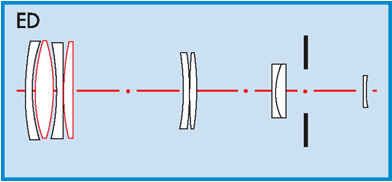
FOCAL LENGTH: An 800mm lens seems like a super long telephoto lens on paper, but in the 6x7 world it only equates to the field of view of a 420mm lens in the 35mm format. This is still plenty long enough for me to use around the waterfront and take pictures of boats, bridges and other coastal scenery. Add the supplied 1.4x rear converter and you get a 1120mm f/9.3 lens. This is pretty amazing for the 6x7 format. Having a 6x7 2000mm lens would be great, but it would be the size of a small car and cost the same….
SPEED; When Pentax redesigned the 17,700-gram 6x7 Takumar 800/4 behemoth, the top priorities were switching to inner bayonet & automatic diaphragm, reducing the size/weight and improving the optics of the lens. Pentax succeeded, but the lens speed had to be sacrificed as a result. The 67 M*800/6.7 is 1 ½ stops slower than the older Takumar, so the viewfinder is a bit darker. If you are using a split-image or microprism focusing screen in your 6x7 camera, the center of these focusing areas will also be darkened as a result of the f/6.7 maximum aperture. Pentax made special focusing screens for the 67II body and the BG-80 focusing screen is the best choice for the 67 M*800/6. 7. This screen “brightens“ the viewfinder, has a plain circle in the center so nothing is darkened and features a cross-lined grid so it’s easy to keep the horizon level.
FILM: I used my 67 M*800/6.7 with 100, 400, 800 & 1600 (Delta 3200) ISO films and 400 ISO seems to be the happy medium. I can get high enough shutters speeds, good DOF and fine grain with Kodak Portra 400. If I’m using the 1.4x Rear converter, then I would use Portra 800. As much as I’d love to only use the new Kodak Ektachrome 100 E6 film, I’s a bit too slow for where I live.
FOCUSING: The 67 M*800/6.7 does not have a focusing ring and instead uses two focusing knobs on either side of the lens. You can use these knobs or the supplied detachable focusing lever to focus the lens. There is also a focus lock screw on top of the lens, to hold your focus in place. The distance scales are on either side of the focus knobs, 8-15 meters is on the left side and 15 meters to infinity on the right side. The distances for “feet” are also marked in a different colour. The 67 M*800/6.7 also features internal focusing (IF), so thankfully the lens size does not change.
ENVIRONMENT: Using the 67 M*800/6.7 on a windy day is a bit of a challenge, so you will need to make sure you use higher shutter speeds to reduce any extra movement in the lens. Atmospheric haze is also an issue when shooting distant landscapes, over water or from higher elevations. Depending on the film you are using, you will need to use an appropriate filter to reduce the haze effect.
REAR CONVERTERS: The 67 M*800/6.7 comes with a dedicated T5-1.4x rear converter. This is the only 6x7 rear converter that you can use on the 67 M*800/6.7 without vignetting issues. Using the dedicated rear converter does result in one stop of light loss and some reduction of optical performance. Overall, I’ve had pretty good results using the T5-1.4x rear converter.
FILTERS: The 67 M*800/6.7 uses 67mm screw in filters, or Pentax 6x7 67mm bayonet filters. There is a removable filter holder near the rear of the lens that also locks into place, so if you turn the lens upside down the holder will not fall out. Pentax made an optional "CPL 67*" filter holder with an adjustable polarizer for this and the 67 M*400/4 lenses. Pentax also made an optional 128mm protective filter for the front of the lens, using one is highly recommended.
EXTENSION TUBES: The 67 M*800/6.7 has a minimum focusing distance of 8 meters, which isn’t bad considering the old Takumar 800/4 was 20 meters! However, using any 6x7 extension tubes will cause vignetting, so you are stuck with the 8-meter minimum focusing distance.
CASE: The 67 M*800/6.7 comes with a dedicated metal trunk that weights 8074 grams or 17.8 pounds. The trunk measures 95cm (W) x 24cm (H) x 23cm (D) (37.4 x 9.4 x 9.1 inches) There is also a slot in the trunk for the T5-1.4x rear converter and the focusing lever.
HOOD: The 67 M*800/6.7 has a built-in hood that extends. There is also a locking screw to keep it in place in ether position. The 67 M*800/6.7 came with a padded leather bag that fits over the front of the lens & hood, this bag has a draw-string to keep it nice and snug.
STRAP: The 67 M*800/6.7 has strap-lugs and strap-rings on either side of the lens for an optional strap. This is the same type strap with locking lugs, that you would use for a 6x7 camera. This strap helps in lifting the heavy lens out or into a lens backpack or maneuvering it onto your tripod.
USAGE ON SMALLER FORMATS: The 67 M*800/6.7 is ideal for using on a smaller format as you get an even longer FOV. I also took my Pentax LX on every outing and the handling & usage is almost the same as with a 6x7 camera. The only real difference is having to use the 67 Adapter K, which results in you having to use stop-down metering. You will need to move the DOF lever on the 67 M*800/6.7 to MAN before you fully press the shutter, or you will not get an accurate meter reading if using aperture priority on the LX. Of course focusing distant objects is also a bit harder, due to the much smaller sized focusing screen in 35mm cameras. (You really notice the difference when switching from the 6x7 system to 35mm on the same shoot, you learn to appreciate the much bigger focusing area on the 6x7 format)
Summary:
You’re not going to find a better super telephoto lens for your Pentax 6x7 system. (Over 400mm) The 67 M*800/6.7 has stellar optics, is a decent size & weight and is reasonably fast. The fact that you can also use this lens on many smaller formats is a big bonus. You stick out like a sore thumb when using the 67 M*800/6.7, so be prepared to attract attention when you are using this lens and deal with all the silly questions you’ll get. It’s all part of the fun using this very impressive lens. The 67 M*800/6.7 is a must have for the Pentax 6x7 system, if you are looking for a long telephoto with modern optics..
Price: I bought my 67 M*800/6.7 from a fellow form member and it cost $2550.00USD. It was in mint condition and came with all the original lens accessories. (Trunk, 1.4x RC, lens front cover, focusing lever & lens manual/booklet) I also bought numerous other optional accessories from the seller for an additional cost. (Pentax 128mm PF, Pentax lens strap, LensCoat backpack, Hejnar tripod rail & Pentax 67 Adapter K)
Sample shots taken with the 67 M*800/6.7. Photos are medium resolution Lab scans from original slides or negatives.
Camera: 67II Film: Kodak Ektachrome 100 ISO: 100
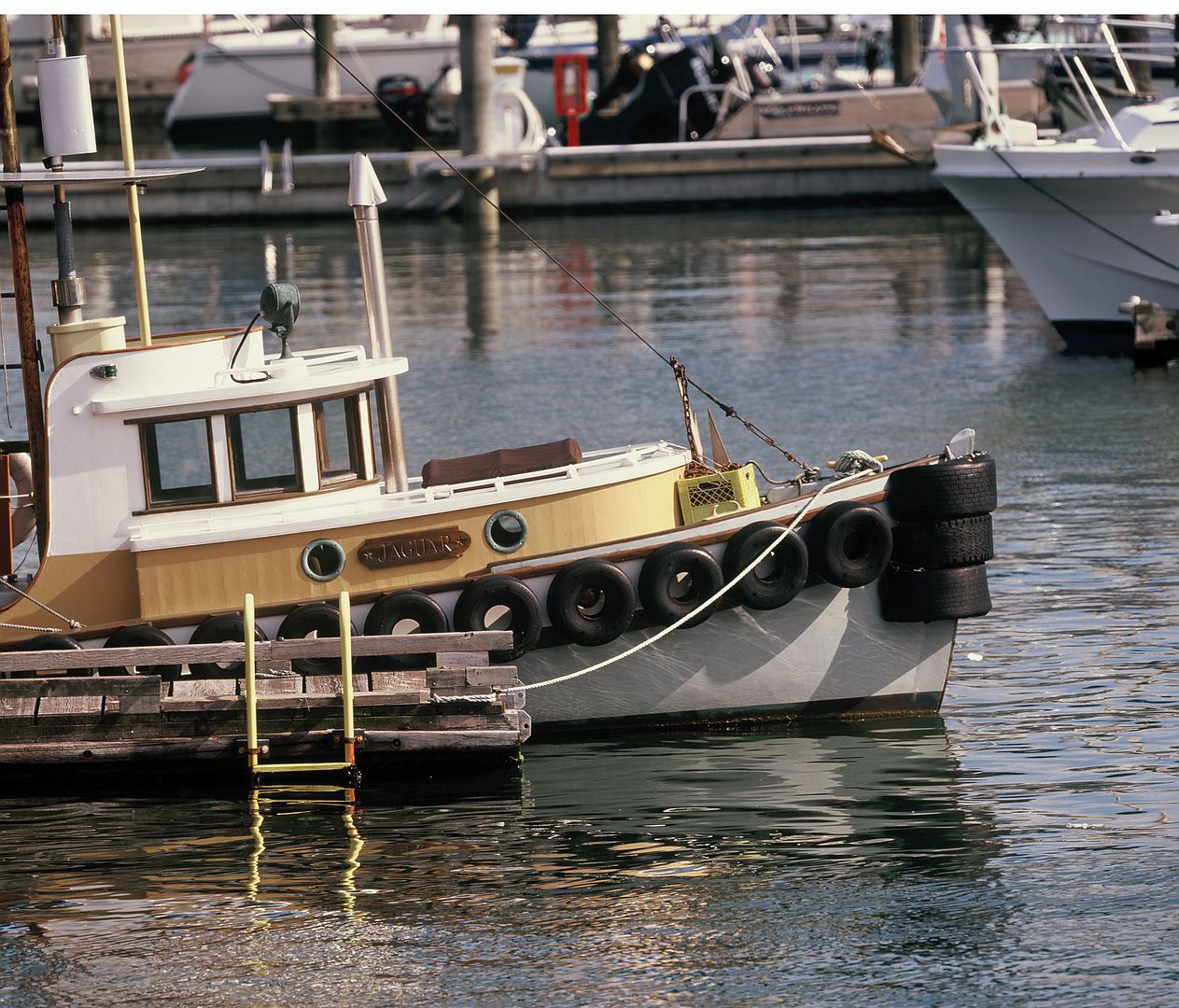
Camera: 67II Film: Kodak Portra 400 ISO: 400

Camera: 6x7 Film: Kodak Portra 400 ISO: 400
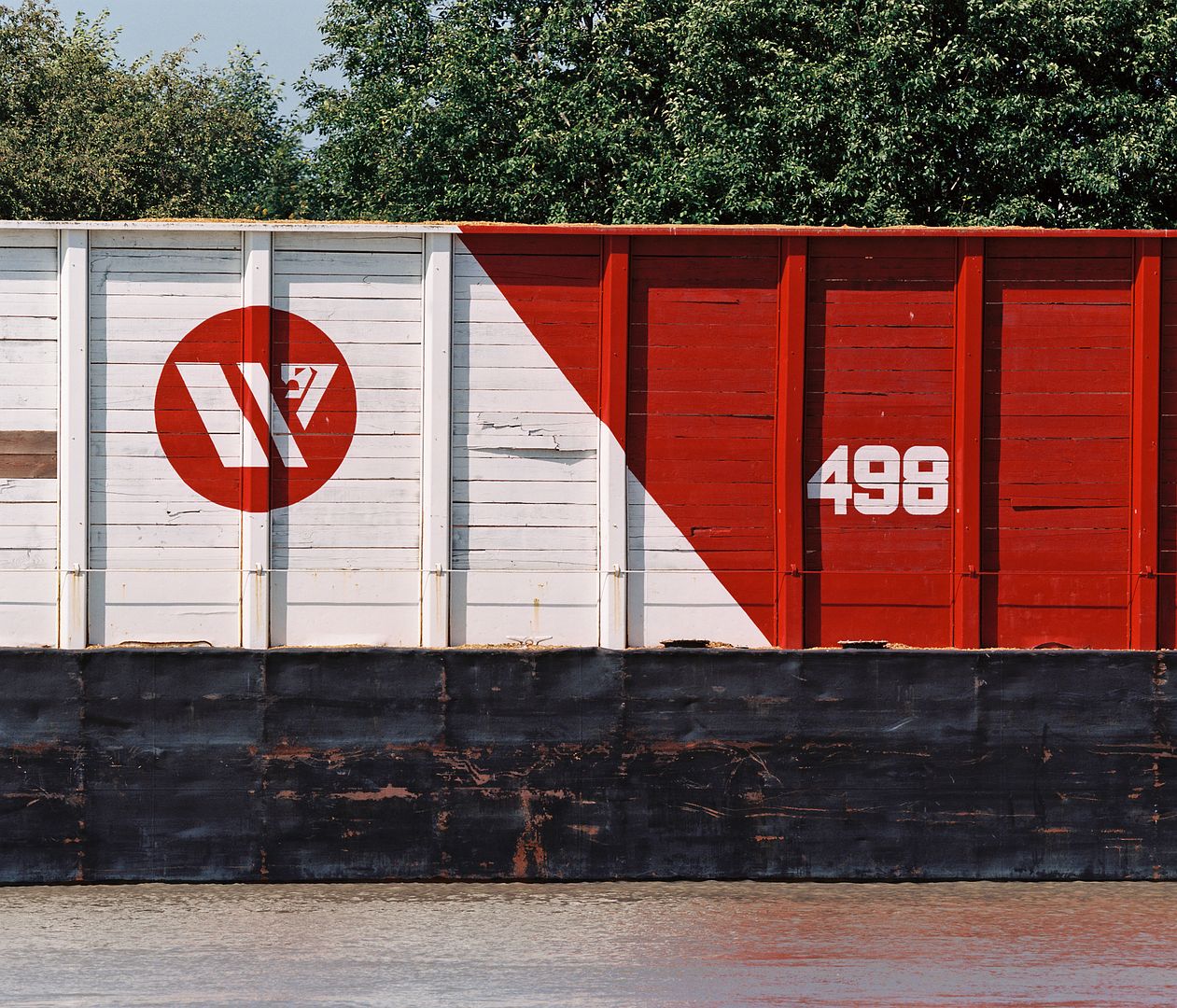
Camera: 67 Film: Kodak Tri-X 400 ISO: 400
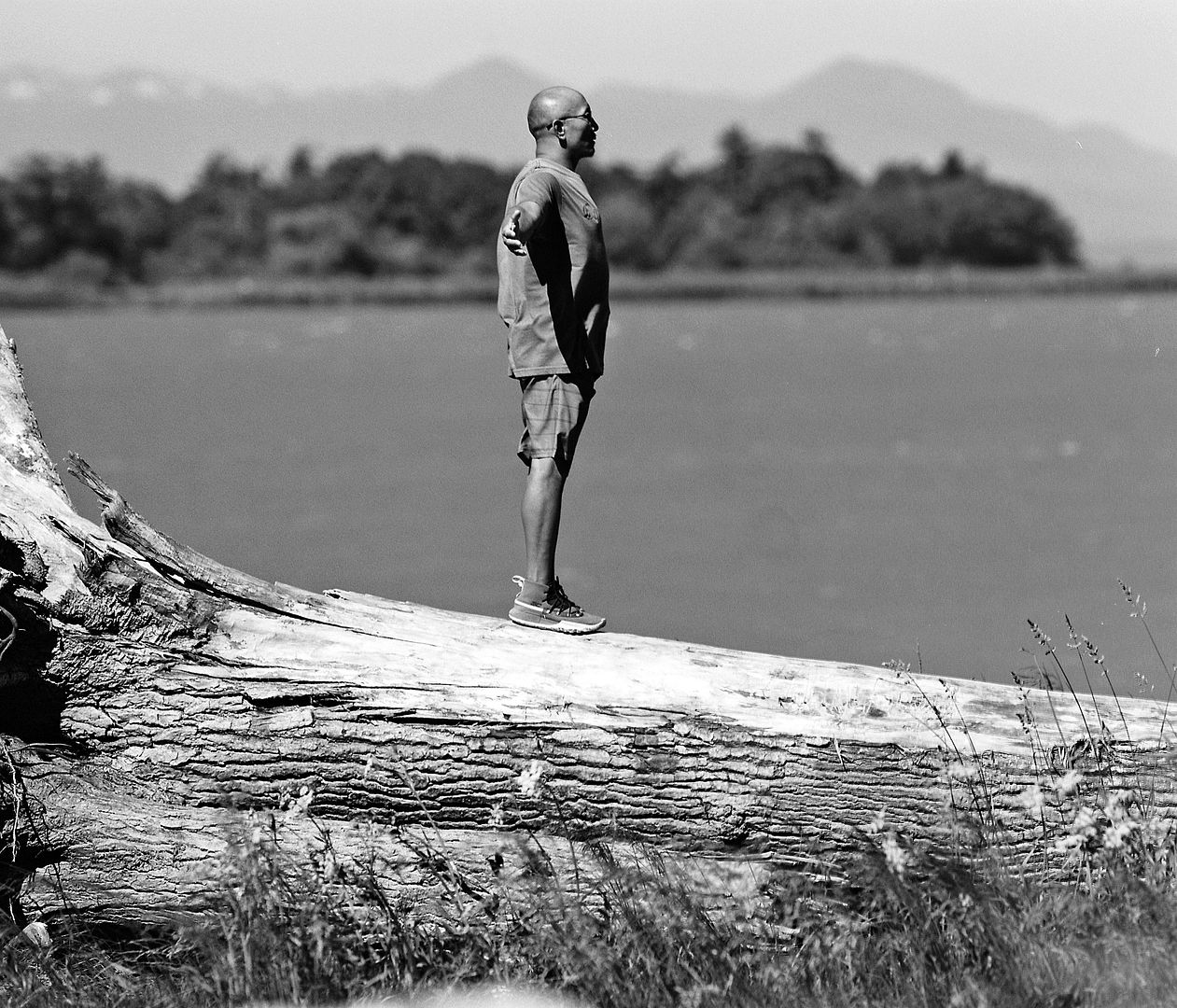
Camera: 67II Film: Kodak Portra 800 ISO: 800
With 1.4x Rear Converter
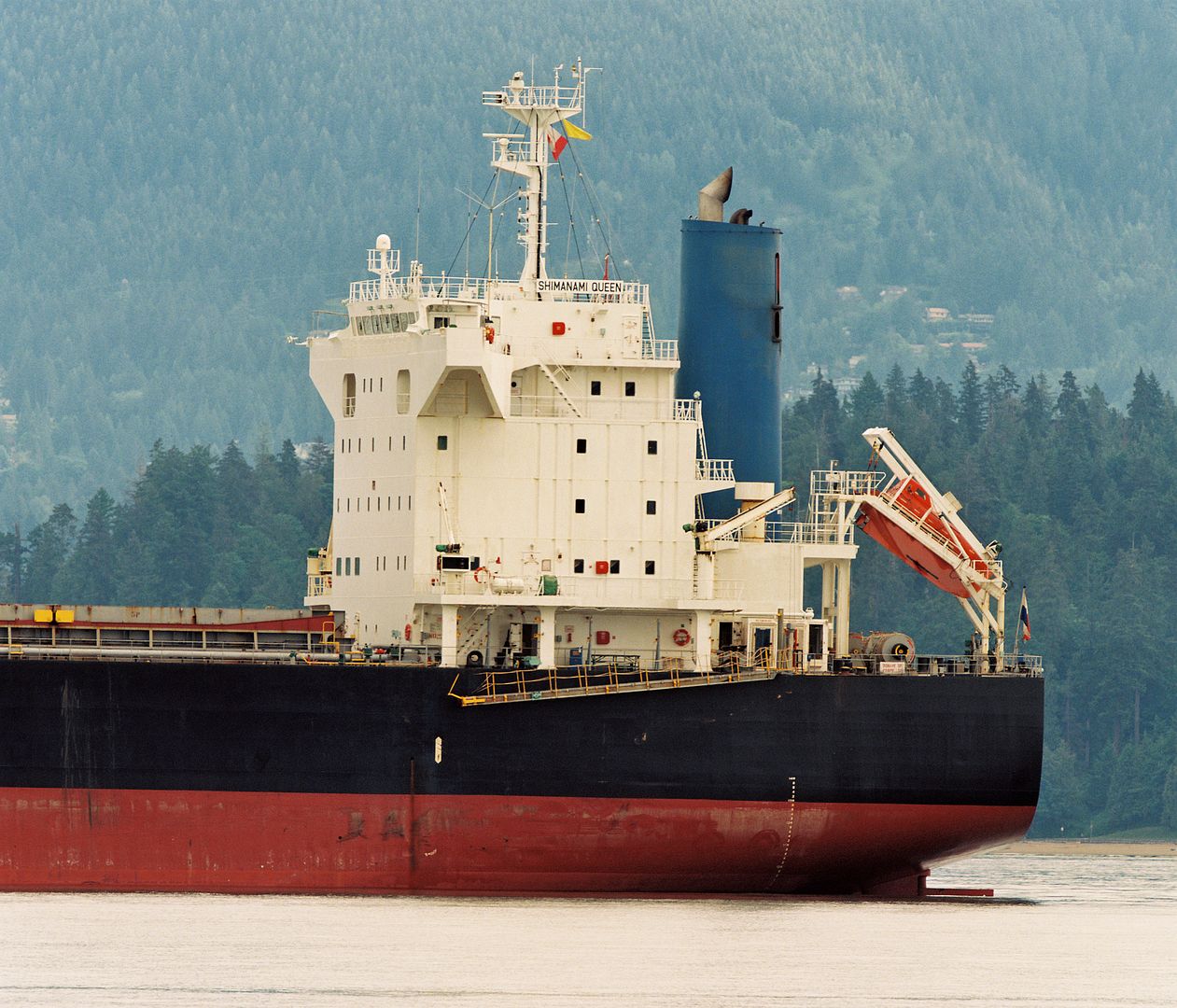
Camera: 67II Film: Ilford Delta 3200 ISO: 1600
With 1.4x Rear Converter
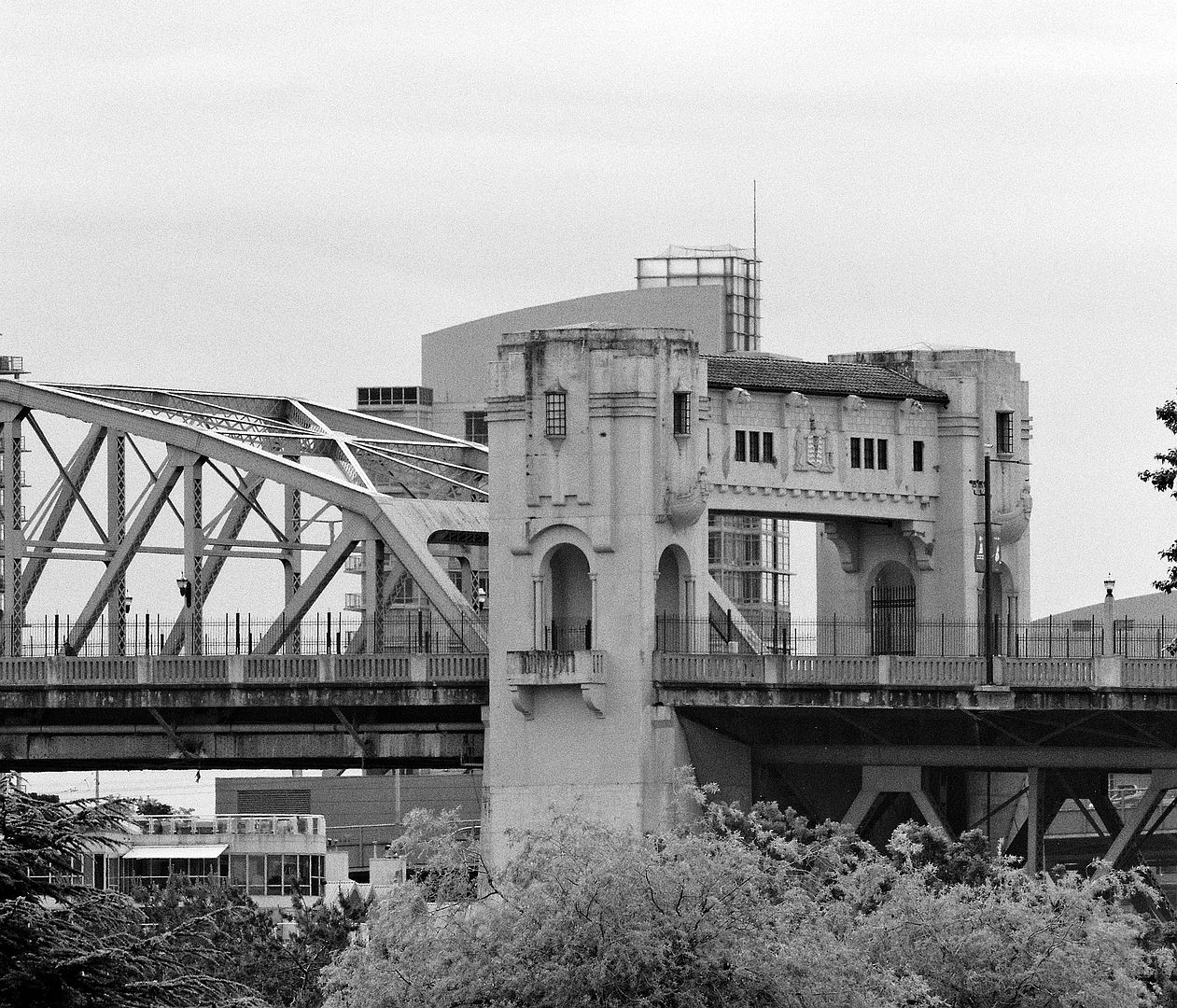
Camera: LX Film: Kodak Portra 400 ISO: 400
With 1.4x Rear Converter
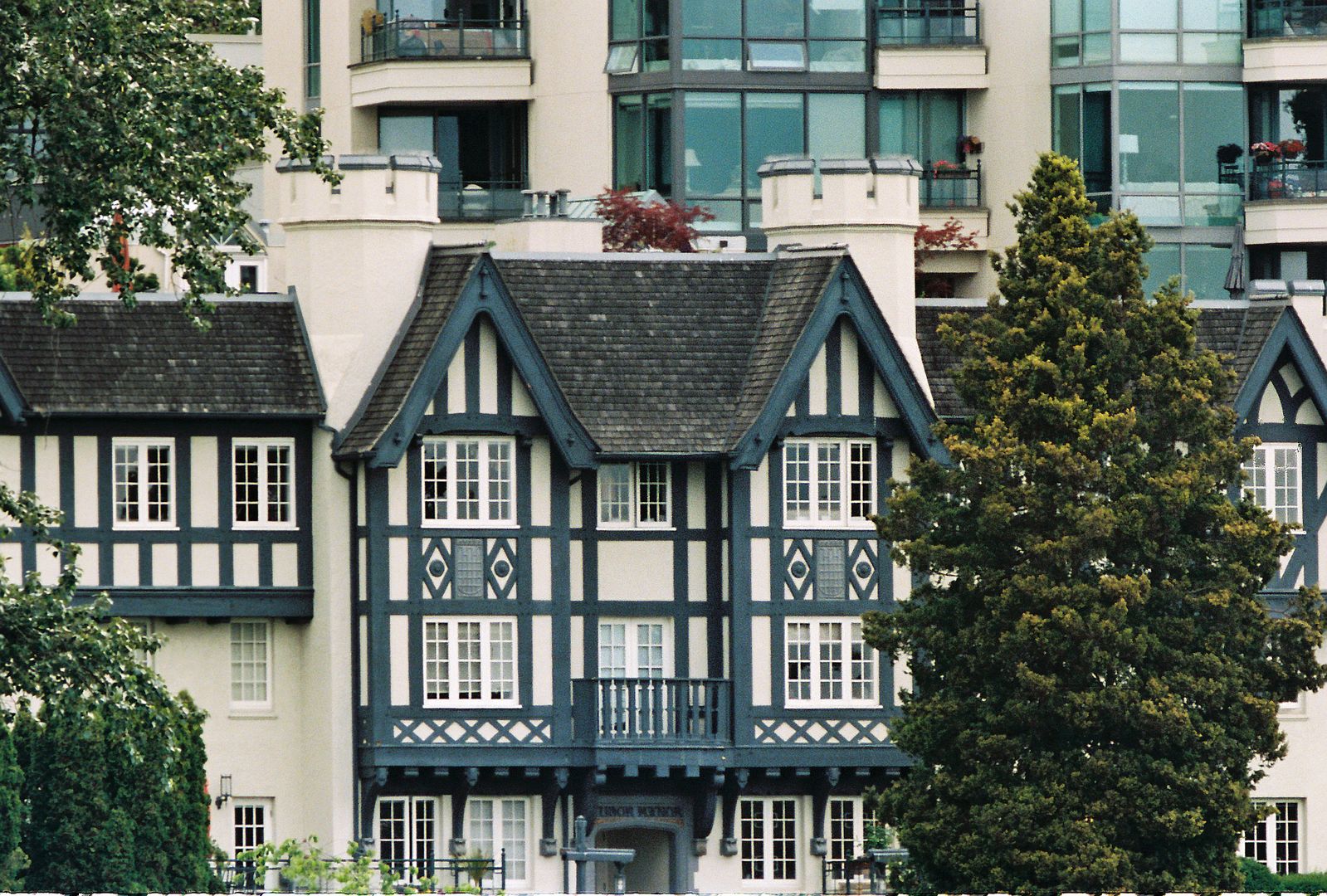
These next two shots were taken on the same day, in the same location, using the same film type and shooting the same subject. This shows the FOV difference between the 6x7 and the 35mm formats using the 67 M*800/6.7:
Camera: 67II Film: Kodak Portra 400 ISO: 400
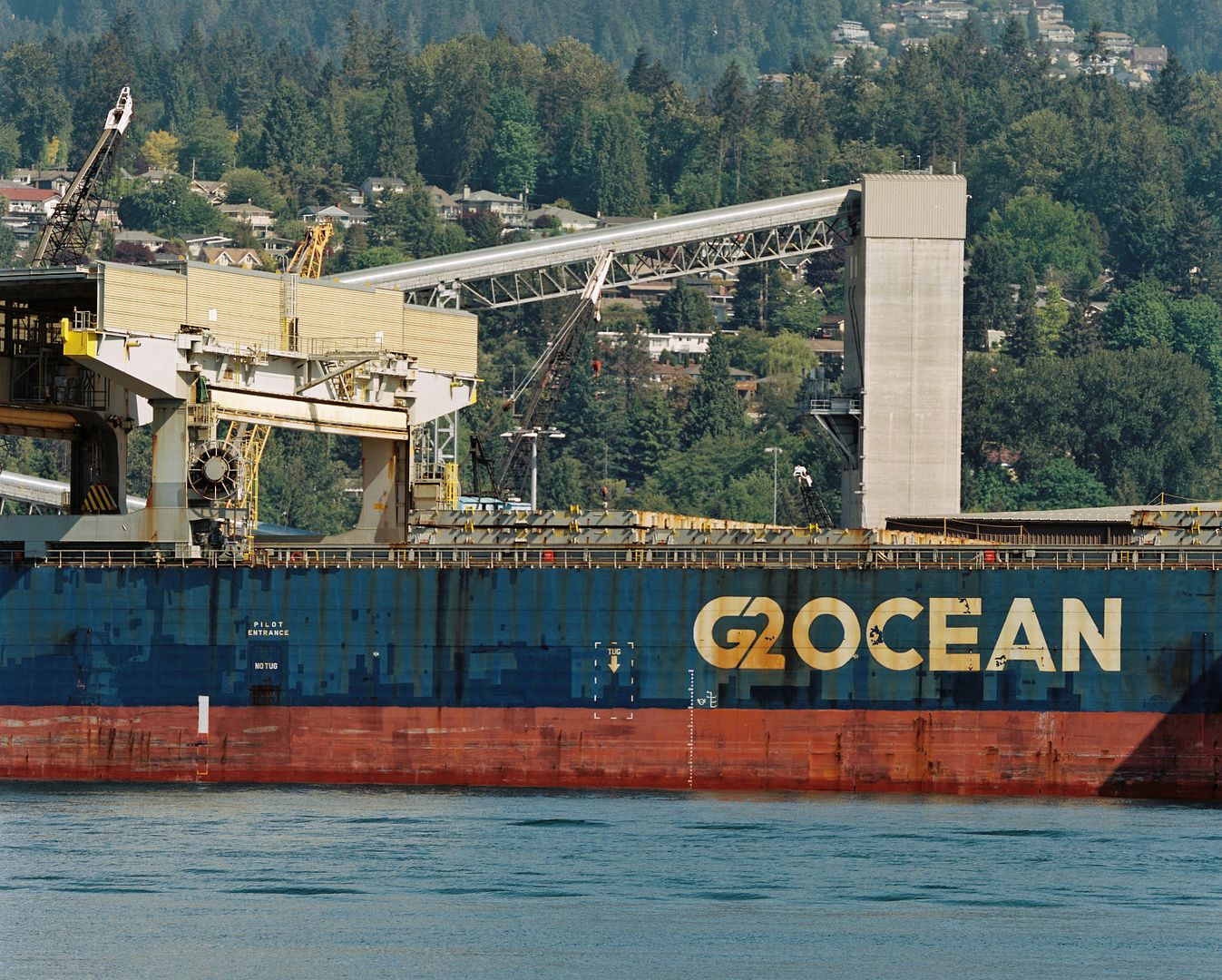
Camera: LX Film: Kodak Portra 400 ISO: 400
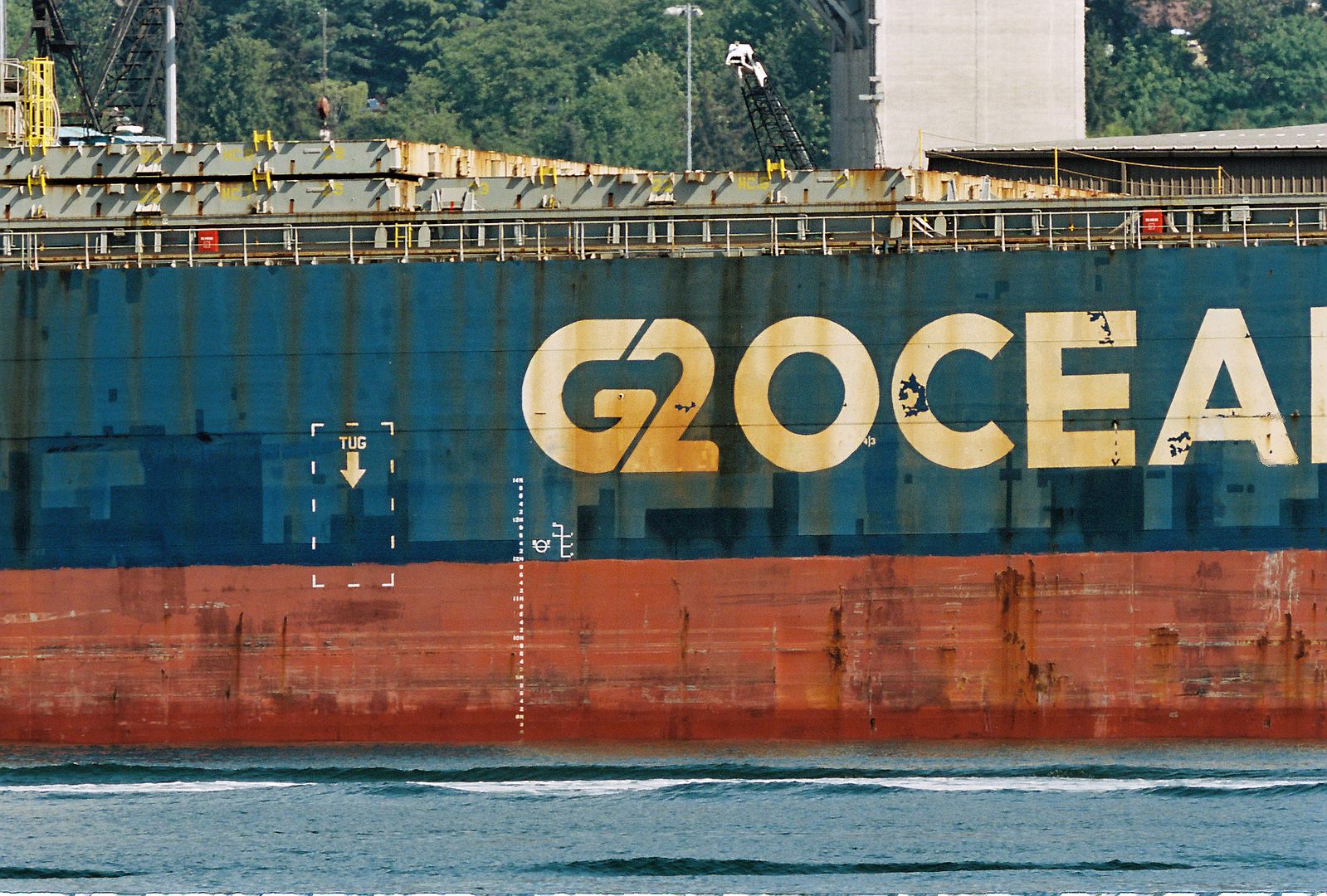 | | | | | | | New Member Registered: January, 2018 Posts: 2
2 users found this helpful
| | Review Date: May 12, 2021 | Recommended | Price: $2,500.00
| Rating: 10 |
| Pros: | Incredibly sharp, lack of chromatic aberration | | Cons: | Huge and heavy | | Sharpness: 10
Aberrations: 10
Bokeh: 10
Handling: 7
Value: 10
Camera Used: Canon 70D
| |
I have two of these lenses.
The first I bought was used by Sean Casey and Original Media, the company that produced Storm Chasers for the Discovery Channel. It was fitted with an IMAX mount so I had it re-fitted with a Canon EOS mount. It has numerous battle scars and pristine glass. The cost, including remounting was $2500.00
The second copy is in near mint condition with all the original components including the focus wand, travel case, 1.4x custom teleconverter, strap, rear cap and front leather lens cover. In addition it came with a hard-to-find, 128mm, coarse thread Pentax PF protection filter. This one cost $1999.00.
Know that when you use this lens you are carrying a 14.3 pound (6500g) cannon (not Canon). It is long and heavy and you must have a tripod head and sticks that can handle it. I listed size and weight as a "con" but I am never disappointed in the results when I use this lens.
I use an old, heavy Gitzo Series-5 metal tripod and a Manfrotto 400 geared head converted to Arca-Swiss with a kit from Hejnar Photo. I quickly learned that a stiff tripod is not enough but the legs must also be heavy. The combination of the legs, head, lens, camera and two teleconverters comes in just north of 25 pounds. That's why most of my moon and sun photography takes place in my back yard.
On pavement I place shock absorbers under the legs and use a net to hold rocks for extra stability.
There is no chromatic aberration when shooting a high contrast subject like the bright moon in the attached photos. Because of this I successfully use two 2x teleconverters with no noticeable loss of sharpness. With zero CA the teleconverters have no fringe to multiply and results are great. I used the original P67 mount lens with the gray, second generation P67 teleconverters not the lens with the Canon EOS mount for the attached photos.
Rack and pinion focusing is slow and touchy you have to think in advance where your subject is going so you can re-center your shot. The 3-axis geared head makes doing this simple and fast.
There is really not much else I can say about this lens it is great but challenging to use.
Photos: On the Canon APS-C sensor with 1 - 2x teleconverter the SMC Pentax-M* 800mm ED IF yields an equivalent focal length of approximately 5232mm.
I increased the contrast slightly on both photos but no other post manipulation was done other than cropping and resizing.
Both photos: f/8 (= f/16 with the TC), iso 400, 1/500th sec.


The other SMC Pentax-M* ED IF lenses are of the same quality and yield great results.
Note: - The lens mount is an inner bayonet mount, not outer as listed in the information box above.
- In addition according to an Owner's Manual available at Manualslib.com it is composed of 9 elements in 8 groups, 2 elements are ELD glass.
| | | | | New Member Registered: June, 2012 Location: Xiamen Posts: 22
2 users found this helpful
| | Review Date: May 27, 2013 | Recommended | Price: $8,000.00
| Rating: 10 |
| Pros: | 10 | | Cons: | 0 | | Sharpness: 9
Aberrations: 10
Bokeh: 10
Handling: 8
Value: 10
Camera Used: 645D and K5
| |
http://farm4.staticflickr.com/3724/8851630484_61d4dccf1b_o.jpg
This is a huge lens and I was lucky that I purchased one from Yahoo Japan, the lens still look very new although it is more than 15 years old. I used GITZO 5532LS and GH3780 works fins with my K5 and 645D, sure when you use 645D must with M.UP function. Sharp, good details and also dynamic control. See sample pictures from link I posted in this thread.
| | | | | Veteran Member Registered: December, 2010 Location: santa monica Posts: 486
2 users found this helpful
| | Review Date: April 29, 2012 | Recommended
| Rating: 9 |
| Pros: | no chromatic abberations | | Cons: | big, really big......... | | Sharpness: 8
Aberrations: 10
Bokeh: 10
Handling: 5
Value: 9
Camera Used: 645D
| |
This lens is the highest quality super telephoto I have ever used. No chromatic abberations. Image quality amazing. The lens is huge, and required a purchase of its own backpack from Kata, who make a TLB-800 for 800 mm lenses. Overall length with caps is about 24 1/2 inches. Most standard photo backpacks are 22 inches.
The best photos i have taken so far involve mirror lockup and waiting several seconds for vibration to die down. Otherwise shutter speed needs to be up at 1/1600th on my tripod and head. The focus mechanism and damping system are excellent and easy to use. I am still working on my technique and frankly can become frustrated in the field when working with this lens. When i see the images onscreen and in print , i no longer care about the cumbersome process in the field.
| | | | | | | Pentaxian Registered: February, 2009 Location: Arizona Posts: 1,272
1 user found this helpful
| | Review Date: May 2, 2009 | Recommended
| Rating: N/A |
| Pros: | Chromatic aberration well controlled | | Cons: | None | |
This review is more of a preview than a test of this lens, as I don't own one. There is little information about this rare lens so this post is informational. The 800mm EDIF M* was introduced circa 1986 as Pentax's first M* lens. It is 1 1/2 stops slower than the 800mm Takumar (and much lighter). It weighs about the same as the 600 Takumar, which is still heavy but for an 800mm lens, it is not bad. The lens comes with a 1.4X dedicated T5 rear converter for a final magnification of 1120mm. The lens switched to inner bay mounting compared with the 800 Takumar's outer bay system. This was a good idea given the problems with outer bay metering. The M* did retain the ability to mount the camera either horizontally or vertically on the lens like the Takumar. The diaphragm is now fully automatic; the 800 Takumar was manual. This makes for a bit faster shooting because you can meter wide open. This lens uses a rear 67mm filter, which I don't like due to internal reflections. The front element is around 120mm in diameter, so a front filter would be expensive. If one were to get a front filter, purchase only the highest quality because any lack of flatness will be highly magnified by the lens and you could see the softness in the finder! Close focusing is 8 meters VS 20 meters on the 800 Takumar. A huge improvement, especially when shooting birds or other small subjects. This lens has a focus lock as well.
The optical design is pretty typical of early low dispersion lenses. It is a combination of traditional telephoto design and low dispersion designs. Newer low dispersion designs don't have the negative element at the rear which looks like a field flattener. So, we have a quadruplet up front and a negative element at the rear ( very common in old style telephotos). But what sets it apart from the older designs is the addition of a middle group (4 elements) and the ED element up front surrounded by two negative elements. The other positive element up front is most likely ED as well. They are probably an exotic Fluoride glass but I doubt they are Fluorite ( a mineral crystal -Calcium Fluoride). Fluorite crystals can't be grown to the size of the front elements of this lens without costing a fortune. The front ED element is protected from the weather by enclosing it with other elements. This is an indicator of the use of a Fluoride glass. The other glass types in the quadruplet are probably high index Barium. The use of a quadruplet up front indicates superachromatic color correction (4 colors corrected). The 800mm f/4 Takumar used a quadruplet up front as well. The advantage of low dispersion glass in the M* is that color is corrected very well in all zones of the lens ( marginal, zonal and paraxial colors are focused on the film plane) allowing wide open shooting without fringing. The above described optical design is the first version of the 800 EDIF with 9 elements. There is a 10 element version that came out later but I have not seen its cross section. This information was extracted from Pentax's own booklets on their lenses.
Even though this lens has a tripod mount, shutter vib will need to be considered as a potential problem when shooting between 1/2 and 1/30 sec due to its high magnification.
The performance tests I've read on this show it to be outstanding but this is not first hand knowledge.
| | |